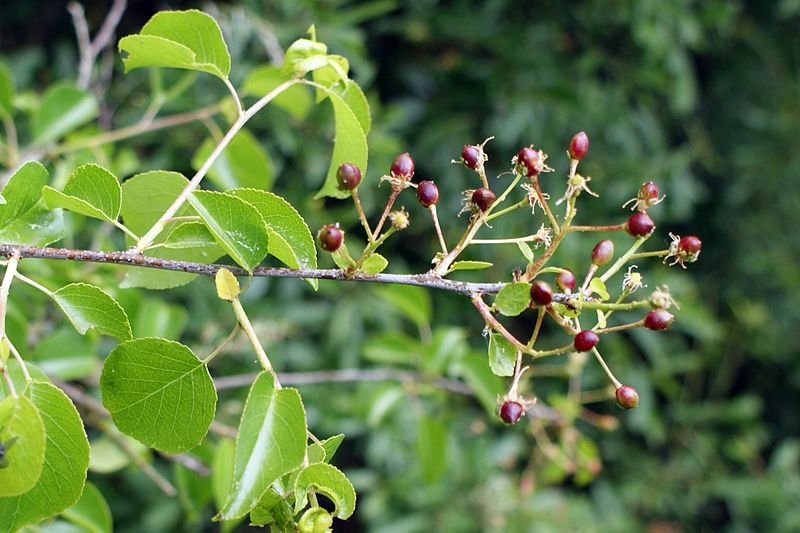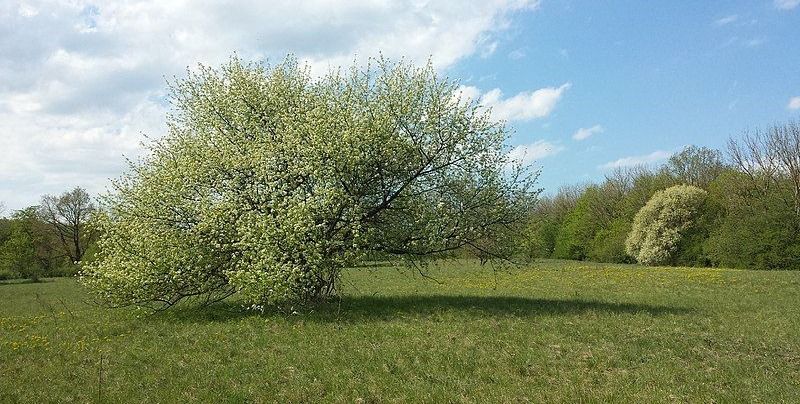Uncovering Mahlab: The Expensive Oriental Cherry Spice
Mahlab, an ancient and uniquely flavored spice, has cemented its place as an expensive and treasured luxury in today's gourmet dessert creations.

Ever heard of Mahlab? It's a unique and expensive spice, also known as mahleb, mahalepi, or mayleb.
What makes it so special? Apart from its high price, attributed to the intricate and prolonged harvesting process, chefs treasure it for its flavor-enhancing properties.
It's a favored addition in baked goods like pastries and breads across the Mediterranean and Middle East

What is Mahlab?
Mahlab is a aromatic spice derived from the kernel (or seed) of the St. Lucie cherry (Prunus mahaleb).
Once the cherry stone is cracked open, you'll find the kernel inside, which is then ground into a fine powder that emits a unique combination of sweet and sour flavors with a hint of cherry and almond.
Physical Traits
Mahlab seeds measure between 5 to 7 mm, roughly equivalent to a quarter-inch. Their hue is a subtle tan or beige, and their form bears resemblance to miniature peanuts.
The seeds exude a fragrance reminiscent of roses, paired with a unique taste that melds the bitterness of almonds with the sweetness of cherries.
What is Mahlab Used For?
Mahleb is prized as a flavor enhancer, often sprinkled in measured amounts to enrich sweet delicacies and cakes. It holds a pivotal role in crafting tresse cheese.
Spanning from Greece to Iraq, this spice graces many baked goods, including breads and pastries. Its floral undertones are especially treasured in dairy-centric recipes, such as rice pudding.
In Greek traditions, mahlep is incorporated into various festive tsoureki breads, celebrating occasions like Christmas, New Year's with vasilopita, and the braided Easter bread, known as cheoreg in Armenian and paskalya çöreği in Turkish.
In Turkey, the spice finds its way into poğaça scones, while in the Middle Eastern Arab regions, ma'amoul scones are seasoned with it.
Meanwhile, in Egypt, mahlab is blended with honey, sesame seeds, and nuts to craft a delectable paste, relished as a dessert or a bread spread.

History and Origin of Mahalepi
Mahalepi has roots in the Middle Eastern and Mediterranean cuisines, dating back over a thousand years.
Its earliest use can be traced to ancient Arabic, Greek, and Egyptian civilizations. The name "mahlab" itself is derived from the Arabic word "mahleb," meaning "cherry."
Throughout history, it was a prized ingredient in breads, cookies, and pastries, particularly for special occasions and religious ceremonies.
What is The Price of Mahlab?
Mahlab costs $140 per kilogram.
Why is Mahlab So Expensive?
Mahlab's premium price point is influenced by a myriad of factors that revolve around its cultivation, harvesting, and usage. Let's delve into the reasons:
Labor-Intensive Harvesting Process
The elevated cost of mahlab is largely attributed to its labor-intensive harvesting and preparation.
St. Lucie cherries are hand-picked to ensure optimal quality, and from these, the kernels are delicately extracted by individually cracking each stone.
This manual process demands both precision and time. Post-extraction, the kernels are naturally dried in shaded areas to retain their aromatic essence and extend shelf life.
Every step, from selective harvesting to careful drying, amplifies the production costs, justifying mahlab's premium market value.
Short Shelf Life of Ground Mahlab
Unlike many other spices, mahlab's potency diminishes swiftly once it's ground. The aromatic compounds responsible for its distinctive flavor are volatile and dissipate with exposure to air.
Consequently, many gourmets and culinary enthusiasts opt to purchase the whole kernels, grinding them freshly for use to harness the full spectrum of its flavor.
This preference for whole seeds over the pre-ground form can reduce the supply in the market, thus impacting its price.
Climatic Specificity
The St. Lucie cherry tree, from which mahlab is derived, is a touch finicky about its environment. It flourishes primarily in specific microclimates found in select regions of the Mediterranean and the Middle East.
Favored by Mediterranean climates, it flourishes in areas with wet, mild winters and dry, scorching summers, relying on pronounced seasonal temperature shifts without the extremes.
Adapted to temperate zones, this tree can weather colds down to -15°C (5°F) during dormant winters and needs chilling hours to bloom optimally in spring.
Sunlight plays a pivotal role, with full sun exposure being paramount for its growth, fruit production, and overall health. These particular requirements for growth ensure that the tree cannot be widely cultivated globally.
Rising Global Demand
With global gastronomy evolving and an increasing appetite for exotic flavors, the demand for unique ingredients like mahlab has seen an upsurge.
However, given its limited growth areas and the intricate harvesting process, the supply struggles to match the burgeoning demand, nudging the price upwards.
Traditional and Cultural Significance
In many Middle Eastern and Mediterranean cultures, mahlab holds a place of honor in traditional recipes and festive dishes.
This cultural significance, combined with the modern culinary world's growing fascination, further amplifies its demand, making it a sought-after luxury ingredient.
Flavor Profile
Mahlab boasts a multi-dimensional flavor that is hard to pin down. It's simultaneously sweet and sour, with notes of cherry, almond, and a hint of floral.
When cooked, it imparts a nutty, subtle background note to baked goods, making them taste richer and more complex.
Interesting Facts:
- Ancient Medicine: Beyond its culinary applications, mahlab was used in ancient times as a remedy for digestive ailments and respiratory issues.
- Cultural Significance: In some cultures, mahlab-infused breads are a staple during specific religious festivals. For instance, in Greece, it's a key ingredient in "tsoureki," a traditional Easter bread.
- Modern Day Uses: While mahlab remains a popular spice in Middle Eastern pastries, its unique flavor has piqued the interest of contemporary chefs worldwide. It's now making appearances in gourmet dishes, from savory to sweet, showcasing its versatility.
In Conclusion
In the gourmet realm, mahlab stands as a pinnacle of luxury. With its distinctive blend of almond and cherry flavors and a rich history rooted in ancient culinary traditions, its allure is undeniable.
The meticulous, labor-intensive harvesting process amplifies its exclusivity, justifying its premium stature.
While traditionally cherished in Mediterranean and Middle Eastern pastries, its nuanced aroma has found contemporary favor in diverse desserts, making mahlab an indispensable gem for culinary aficionados.


